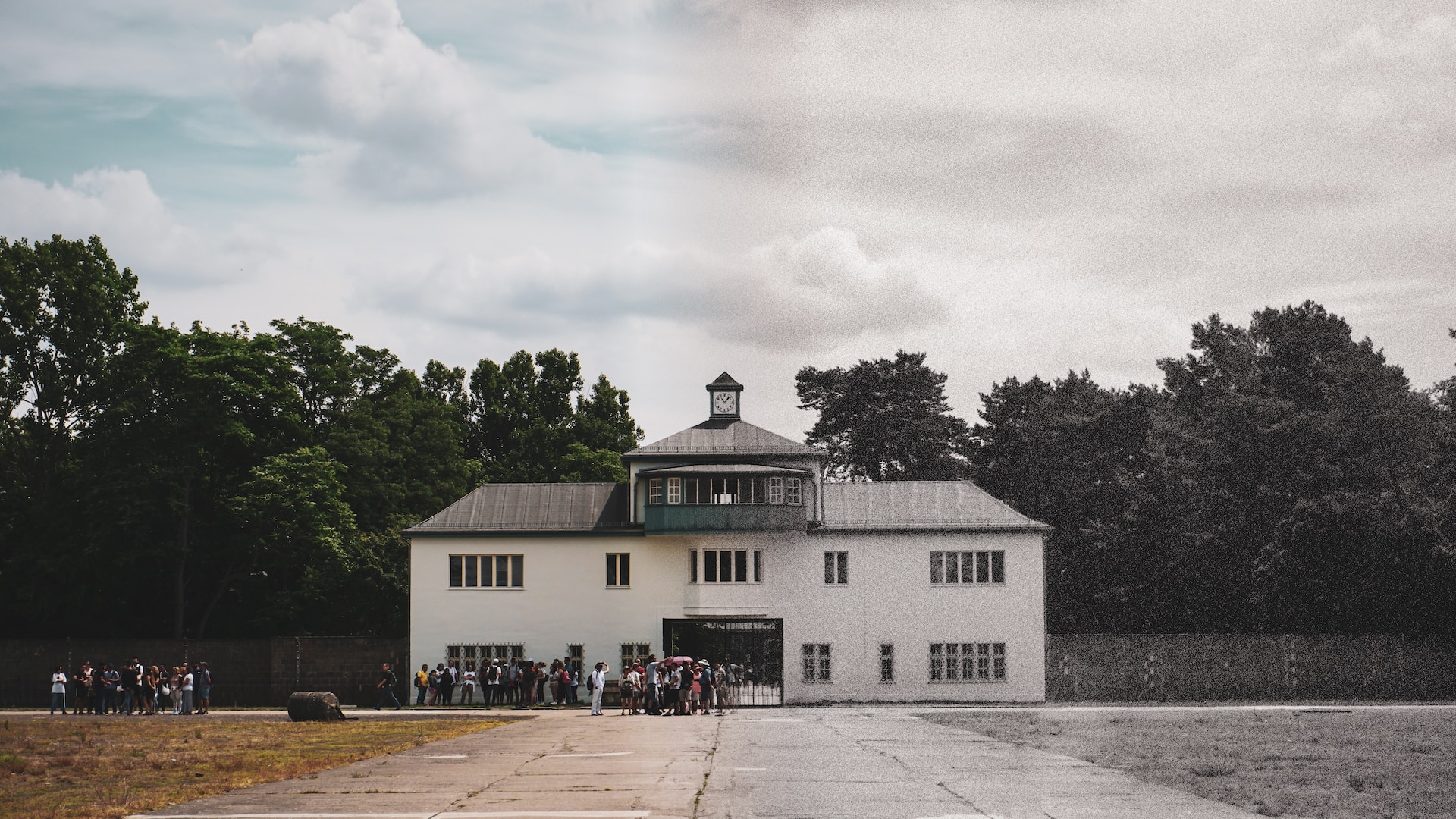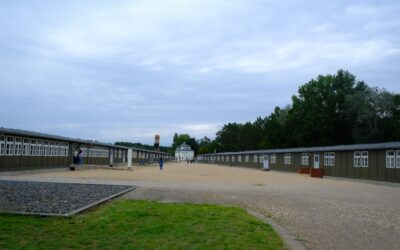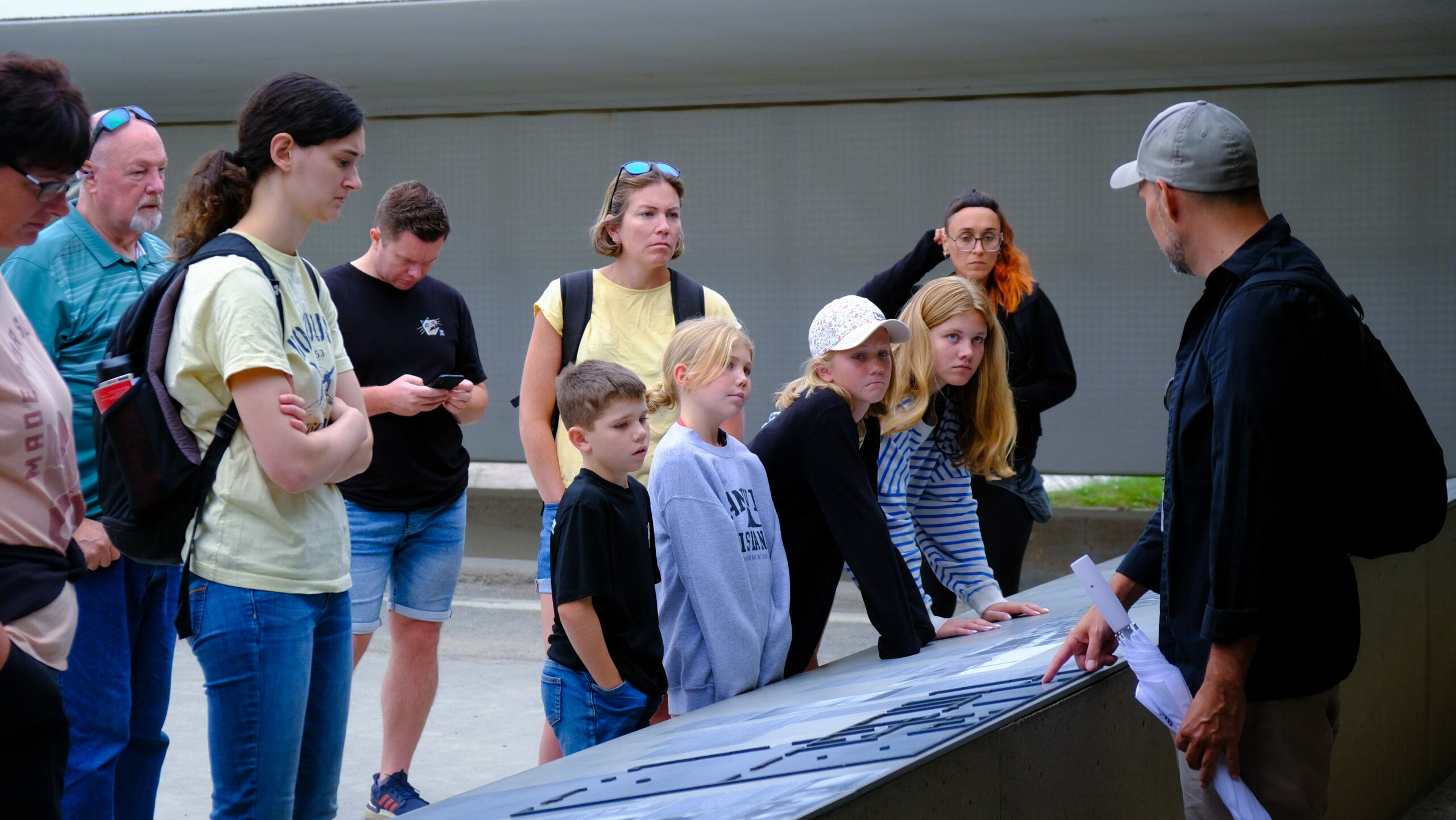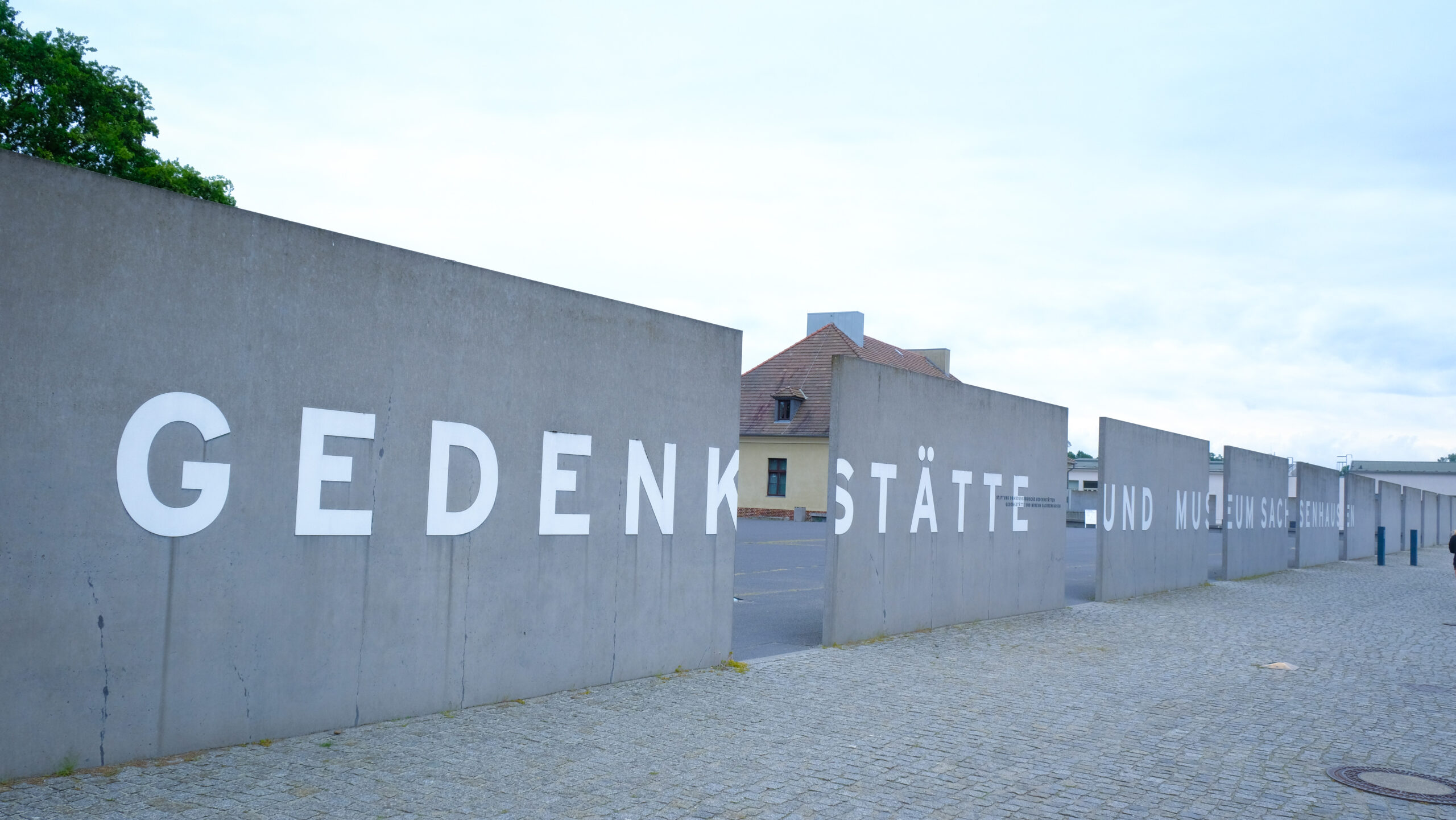Sachsenhausen was one of the most notorious concentration camp which existed during the Second World war. Situated in Oranienburg, Germany the camp functioned as one of the initial death camps in operation which served as cautious of the suffering and genocide perpetrated by the Nazis against the prisoners. The main points concerning the Sachsenhausen concentration camp will be reviewed in this blog post.
1. Foundation of Sachsenhausen
Sachsenhausen concentration camp was opened on July 12, 1936 primarily to detain political activitists and dissidents. It in turn became a blueprint for subsequent camps of this nature. When it was built, it was built with the intention of housing 6000 prisoners although, over the years, the capacity expanded and was housing tens of thousands of individuals.
1.1 Location and Layout
This was a crucial and strategic site, which was located near to Berlin to watch and brutalise anyone seen as an obstacle against the Nazi regime. Administrative structures were the main division of the camp along with the living quarters, factory structures, punishment, and quarantine areas, and Tower A that dominated over the structures.
1.2 Forced Labor
Another main function of Sachsenhausen was to use inmates – forced laborers. Imprisoned people experienced very hard work at multipurpose factories with emphasis on constructions materials production, shoemaking, and weapon manufacturing. isease and death rate were high and this coupled with the harsh conditions sparked off the reputation of the camp.
2. Life Inside Sachsenhausen
The general conditions of prisoners in Sachsenhausen were far from humane, they starved, and they were always scared. Here are some important aspects:
2.1 Classification and Prisoner Categories
First and foremost, Sachsenhausen was a camp for the people regarded by the Nazis as political adversaries, Jews, homosexuals, persons who refused to work, Jehovah’s Witnesses or Gypsies and other persons seen as racially or socially undesirable. They were classified according to the colors of triangles stitched on their uniform depicting purported transgressions they had made.
2.2 SS Training Ground
The camp also offered a training to the SS personnel who were posted in other concentration camps. It was a place where they educated them in the approach to control and dominate all the more carrying forward the misdeeds of the Nazis.
3. Liberation and Legacy
The liberation of Sachsenhausen happened on 22nd of April in 1945 when Soviet liberated the camp. But the blacks survived and got their freedom after the war though the carnage and horror that soaked Sachsenhausen will remain etched in the annals of history.
3.1 Memorial and Museum
Today, Sachsenhausen is a place where memorial and Museum is situated that offers the General public a glance at the barbarous incidences in the holocaust period. A visitor can walk in the area, view some of the displays and pay his or her respects to the victims.
3.2 Learn from the Past
It is important not only for its rich history but for the lessons that may be learnt from the existence of this place. To be specific, the winners of the holocaust are feared to regain their authoritarian power and superiority over the others, especially coming from the extreme hate and bigotry which they portrayed during the Second World War.
Conclusion
Sachsenhausen also known as Oranienburg is probably one of the most concise examples of concentration camp during World War II. It explains why people need to remember the past and why was so much hatred and persecution in the world and how one can overcome it.




